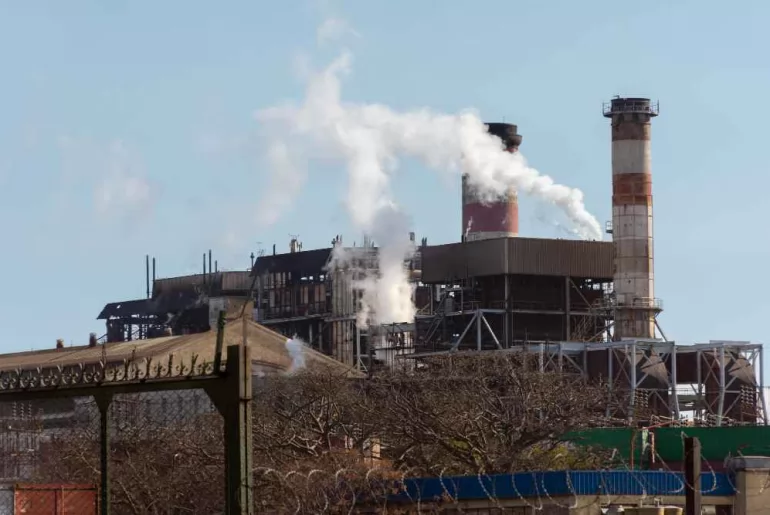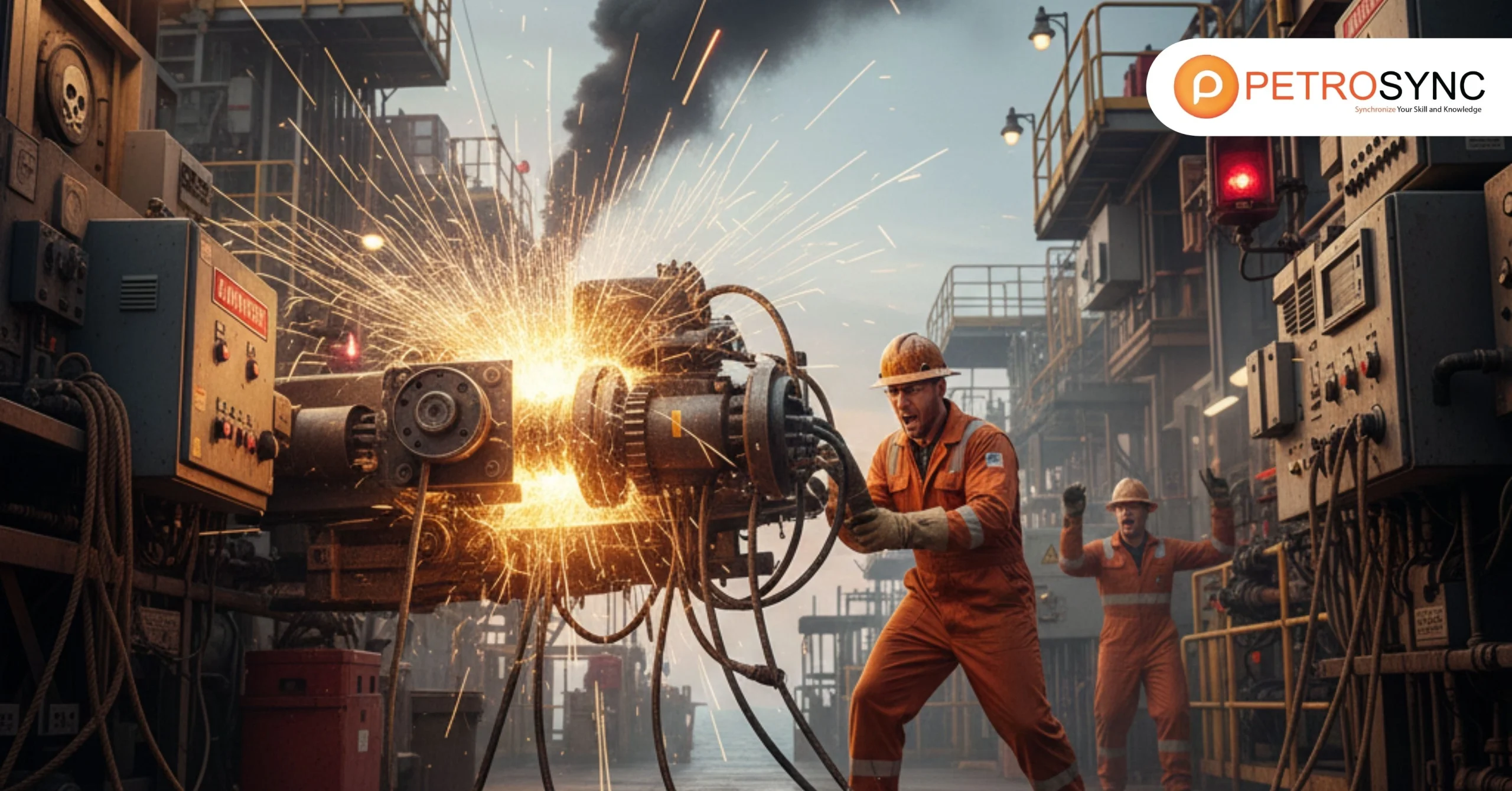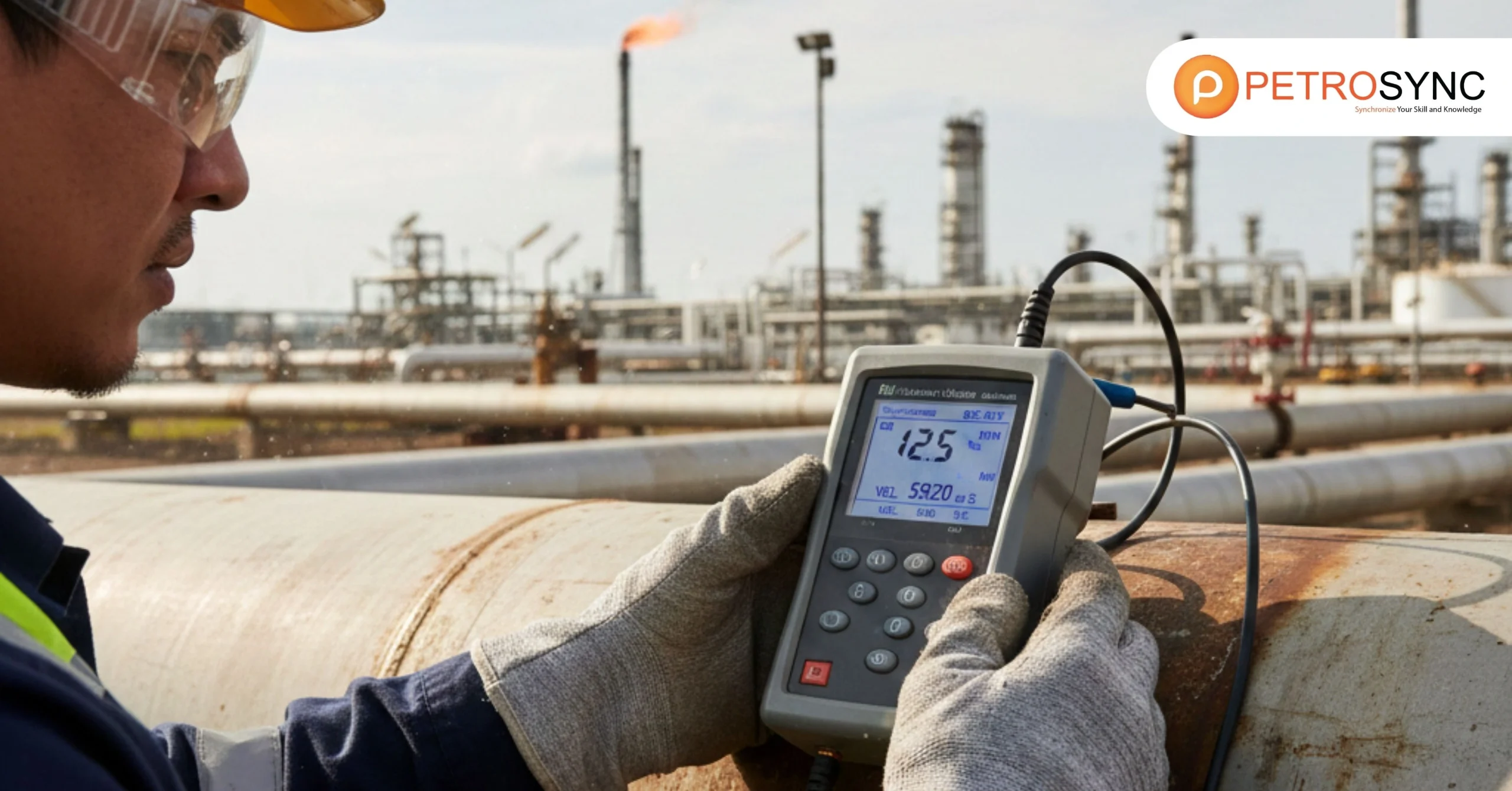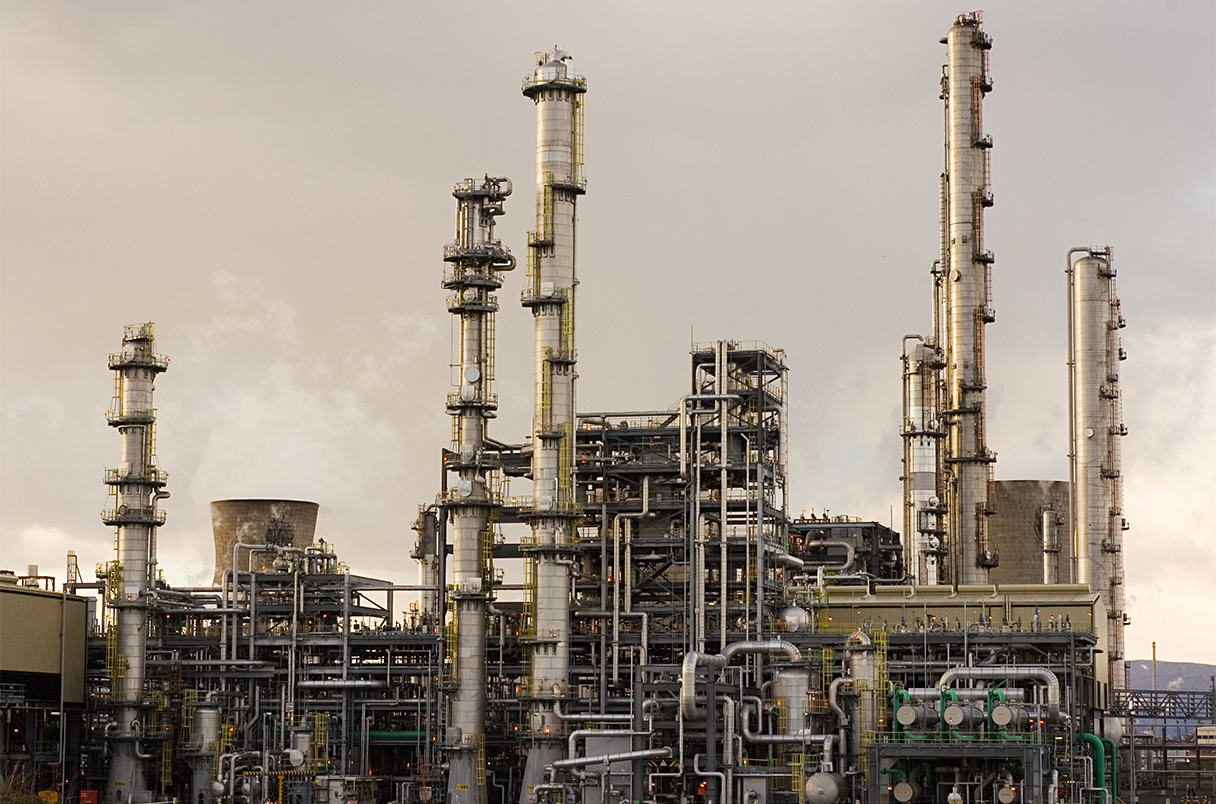As commonly happens, accidents have become an inevitable occurrence in workplaces, especially in the high-risk industry. It is crucial to conduct a thorough accident investigation to prevent similar incidents in the future.
The investigation process involves examining the events leading to the accident, analyzing the contributing factors, and identifying the root causes. In this article, we will dig deeper into the basic of accident investigation, the purpose, the process, as well as the implementation of root cause analysis in accident investigation.
What Is An Accident Investigation?
Accident investigation is the process of identifying the root causes of accidents,
workplace injuries, property damage, and near-miss incidents with the aim of preventing their recurrence. In the process, various techniques such as interviews, site inspections, data analysis, and other methods are used to gather information.
In the petroleum and petrochemical industry, the root cause analysis team may investigate incidents such as spills, explosions, fires, and equipment failures, while in the power plants industry, they may investigate incidents such as boiler explosions, turbine failures, or electrical malfunctions.
To effectively investigate accidents in these industries, it is crucial to engage a diverse group of individuals with relevant knowledge and experience, such as engineers, safety professionals, and subject matter experts. The investigation should not only identify the direct causes of the incident or accident but also the systemic issues that led to it.
What Is The Main Purpose of Accident Investigation?
The main purpose of doing accident investigations is to prevent future accidents while improving the safety procedures within the company. An investigation can provide insight into what caused an accident and how similar incidents can be prevented in the future.
By identifying the root causes, safety can be improved, and the occurrence of future accidents can be prevented. An accident investigation can also identify weaknesses in safety procedures or training needs that can be addressed to improve safety protocols and reduce the likelihood of accidents.
Aside from the primary aim, conducting an investigation can provide useful information for insurance claims, lawsuits, and other legal proceedings, as accidents can result in legal and financial repercussions.
Accident investigation also helps build trust and transparency. An organization can show its commitment to safety and build trust and transparency with employees, customers, and other stakeholders. It demonstrates that the organization takes accidents seriously and is willing to take action to prevent future occurrences.
What Are The Four Steps of the Accident Investigation Process?
1. Gather Information
The first step in the accident investigation process is to collect information about the accident. This may involve interviewing witnesses, examining equipment or materials, reviewing safety records, and taking photographs or videos of the scene.
During the accident investigation, factors such as the condition and use of equipment and safety devices at the time of the incident, the placement of machine guards and controls, the level of housekeeping in the area, weather conditions, and lighting or noise levels can be taken into account.
2. Analyze Information
The second step is to analyze the gathered information during the investigation. Various techniques such as fault tree analysis, 5 whys, or fishbone diagrams can be used to identify the root causes of the accident.
By following this process, identification of the underlying or systemic causes of an incident is vital to be found rather than just the immediate and simple ones.
3. Develop Recommendations
The third step involves developing recommendations to prevent similar accidents from happening in the future. This may involve changes to policies or procedures, additional training, or modifications to equipment or facilities.
4. Implement Recommendations
The final step is to implement the recommendations and monitor their effectiveness. This may involve providing training to employees, making changes to equipment or facilities, or regularly reviewing and updating policies and procedures to ensure they remain effective.
Each validated recommendation should specify a person assigned for each corrective action, along with a deadline for completion and a designated place to indicate when the task has been completed.
What Are The Requirement for Performing Accident Investigation?
1. Investigation Procedure
By learning from past experiences and proactively addressing potential risks, a safety-oriented culture can be fostered within the workplace, investigation procedure must be centered on:
1. Uncovering facts rather than assigning blame
2. Identifying the underlying reasons for the incident
3. Implementing preventive measures to avoid recurrence.
2. Policy Implementation
A comprehensive policy must be established, ensuring that all accidents and near-miss incidents, regardless of their magnitude, are subject to thorough investigations with equal attentiveness.
3. Accident Investigation Training
Properly equipping personnel involved in accident investigations is crucial, and this can be achieved by providing them with comprehensive training and essential resources cornering on accident investigation like Root Cause Analysis Training and API 580 – Risk Based Inspection training.
4. Regular Inspection
To uphold the highest standards of accident investigation, it is imperative to conduct regular assessments of completed investigations, verifying that they are carried out promptly and with the requisite level of detail.
How Is Root Cause Analysis Implemented in Accident Investigation?
Root cause analysis is a highly effective method in accident investigation as it enables investigators to identify the underlying or systemic causes of an incident, rather than just the immediate ones.
By identifying the root causes, responsible parties can develop and implement corrective actions to prevent future incidents. Below are the brief steps one can follow to perform RCA:
1. Define The Problem or Incident
Clearly state the problem or incident and its impact.
2. Gather Information
Collect all relevant data and information about the problem or incident, including documentation, interviews, and observations.
3. Identify the immediate causes
Determine the actions or events that directly led to the problem or incident.
4. Identify The Underlying Causes
Analyze the immediate causes to determine the underlying or systemic causes that allowed them to occur.
5. Develop Corrective Actions
Develop and implement corrective actions to address the underlying causes and prevent similar problems or incidents from occurring in the future.
This approach can improve the overall safety and health of employees and others affected by the organization’s operations. Conducting root cause analysis also demonstrates an organization’s commitment to complying with legal requirements and avoiding potential liability issues. Developing proficiency in these modern accident and incident investigation tools can help organizations learn from incidents.
An in-depth and analytical accident investigation is essential for achieving continuous improvement in an organization’s health, safety, and environmental (HSE) performance. PetroSync provides Root Cause Analysis training to help you learn the proper techniques and methodologies for investigating incidents, identifying root causes, and developing effective corrective actions.
By joining our Root Cause Analysis training course, you can understand the importance of taking a systemic approach to analyzing incidents, which involves examining factors such as technical complexity, environmental factors, and human faults. Join our Root Cause Analysis training and prevent failures by utilizing the most effective accident investigation with PetroSync!
Credit header image: Freepik

SEO specialist by day, fact-checker by night. An avid reader and content writer dedicated to delivering accurate and engaging articles through research and credible sources.







